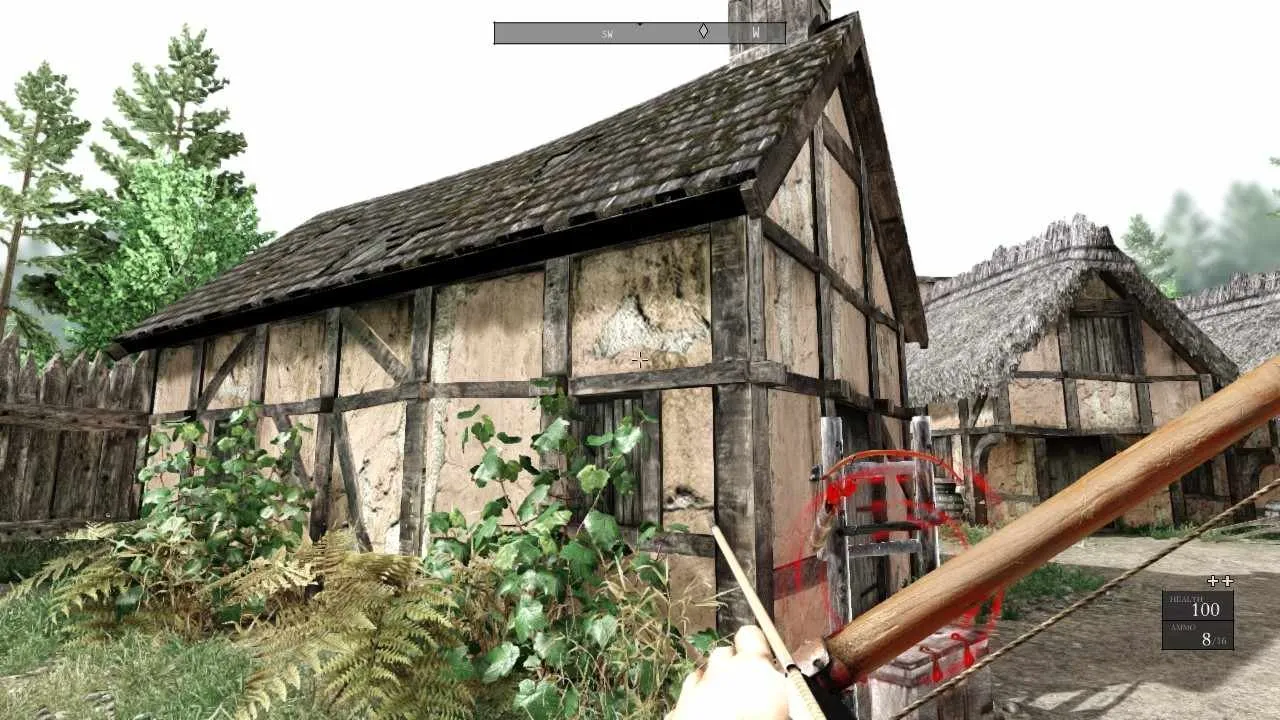
Betrayer: A Haunting Journey Marred by Gameplay
Contents
Betrayer, the debut title from Blackpowder Games (formed by former Monolith Productions developers known for Shogo: Mobile Armor Division, No One Lives Forever, and F.E.A.R.), transports players to a 17th-century English colony shrouded in mystery. While the game boasts immense potential, does Blackpowder Games capitalize on its strengths? Let’s delve into the unsettling world of Betrayer.
 Betrayer gameplay screenshot showing the distinct black and red color palette
Betrayer gameplay screenshot showing the distinct black and red color palette
A World Lost in Time
Your journey to Roanoke Colony takes a dark turn when a shipwreck strands you on a mysterious island. Awakening in a desolate world painted in stark black and red, surrounded by sparse vegetation, a whispering ocean, and circling seagulls, you’re left with unsettling questions: Where are you? What happened? What do you do next? Instinct guides you down a lonely path deeper into this enigma, hoping for answers. Your adventure begins.
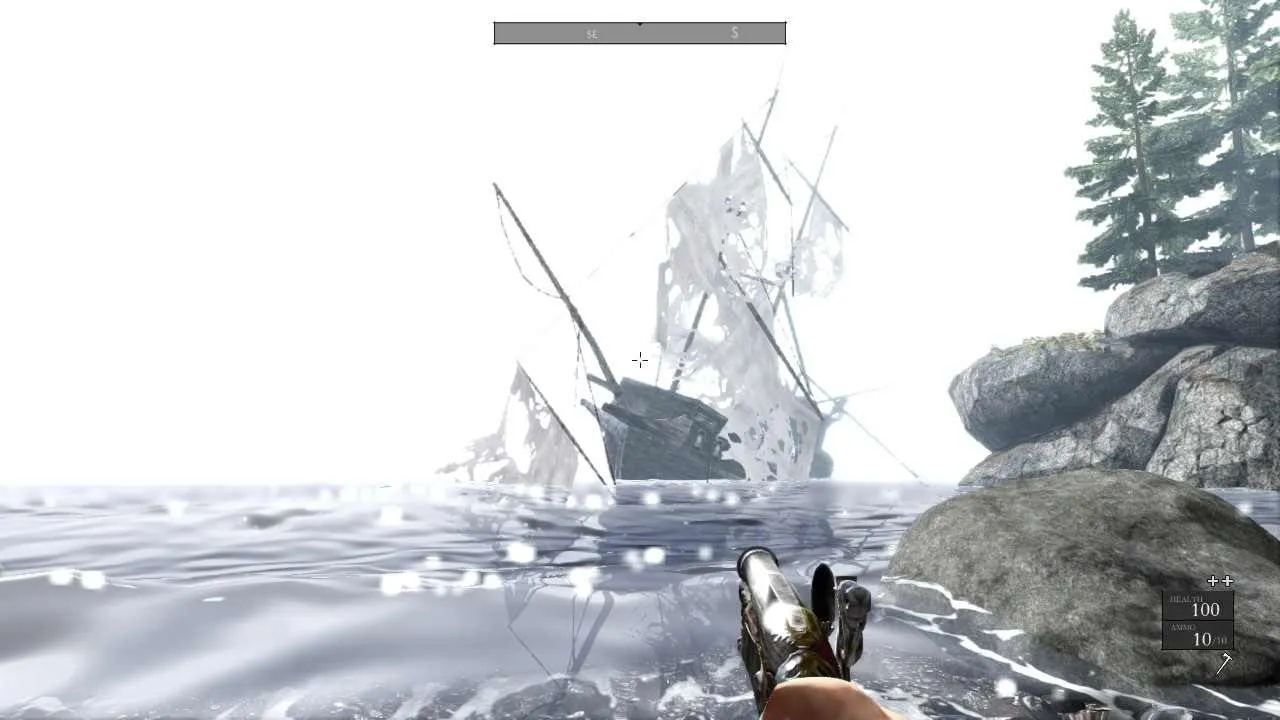 Betrayer gameplay screenshot of the desolate landscape
Betrayer gameplay screenshot of the desolate landscape
The striking monochromatic visuals immediately capture attention. The contrasting black and red color scheme creates a unique and unnerving atmosphere. Black symbolizes the pervasive darkness, while splashes of red highlight crucial elements like enemies, treasure chests, and essential items, effectively adding to the horror.
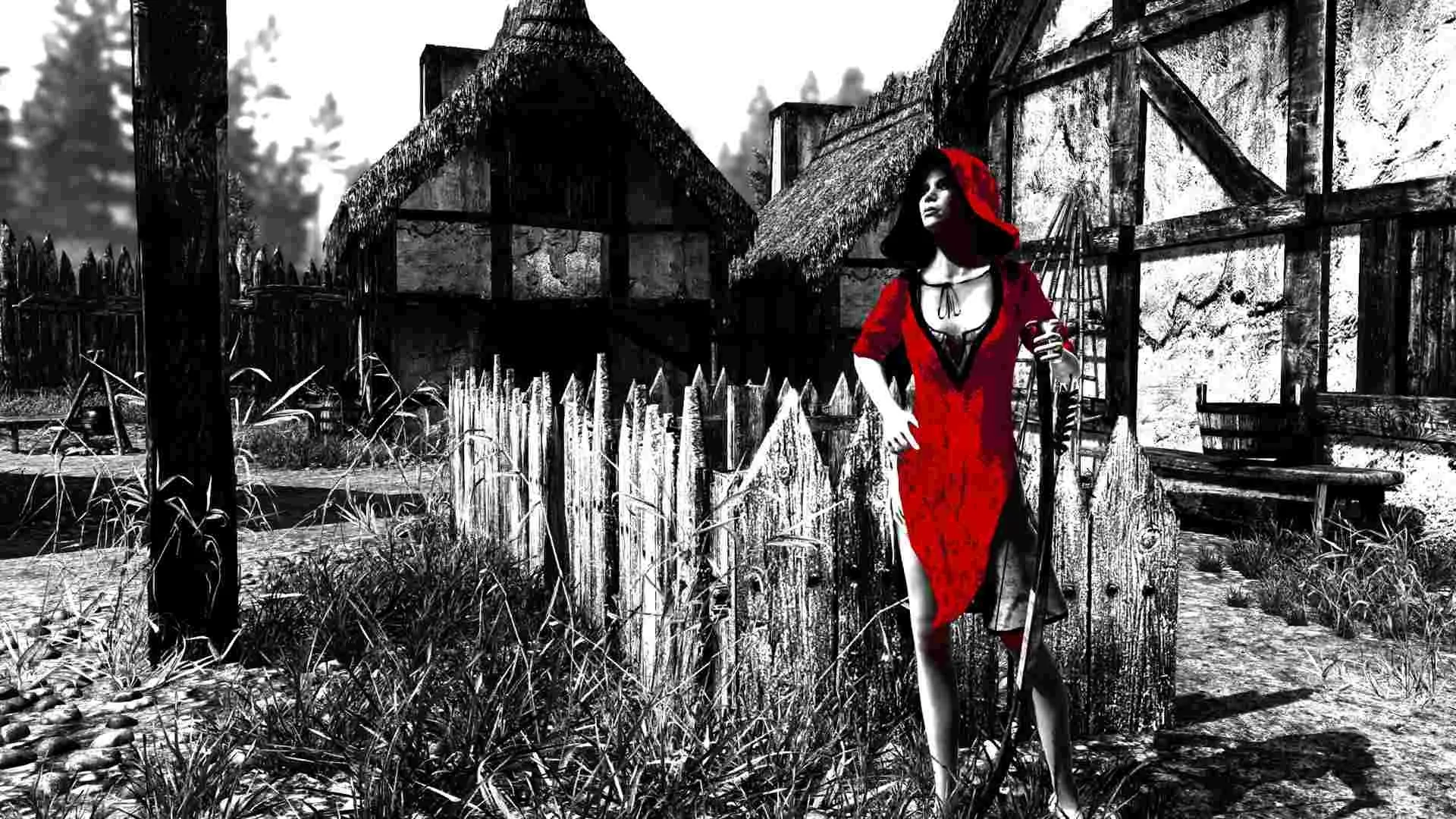 Betrayer gameplay screenshot demonstrating the game's environment
Betrayer gameplay screenshot demonstrating the game's environment
A Visual and Auditory Feast of Horror
Betrayer’s distinctive art style makes a strong first impression. This monochromatic approach effectively amplifies the game’s horror elements. For those less inclined towards the unsettling aesthetic, color customization options are available, transforming the world into a vibrant landscape reminiscent of Far Cry 3. However, even in a more conventional color palette, the horror persists. A ringing bell transports you to a different realm, where a thick fog shrouds everything in darkness, punctuated by the whispers of wandering spirits and the chilling screams of ghostly apparitions.
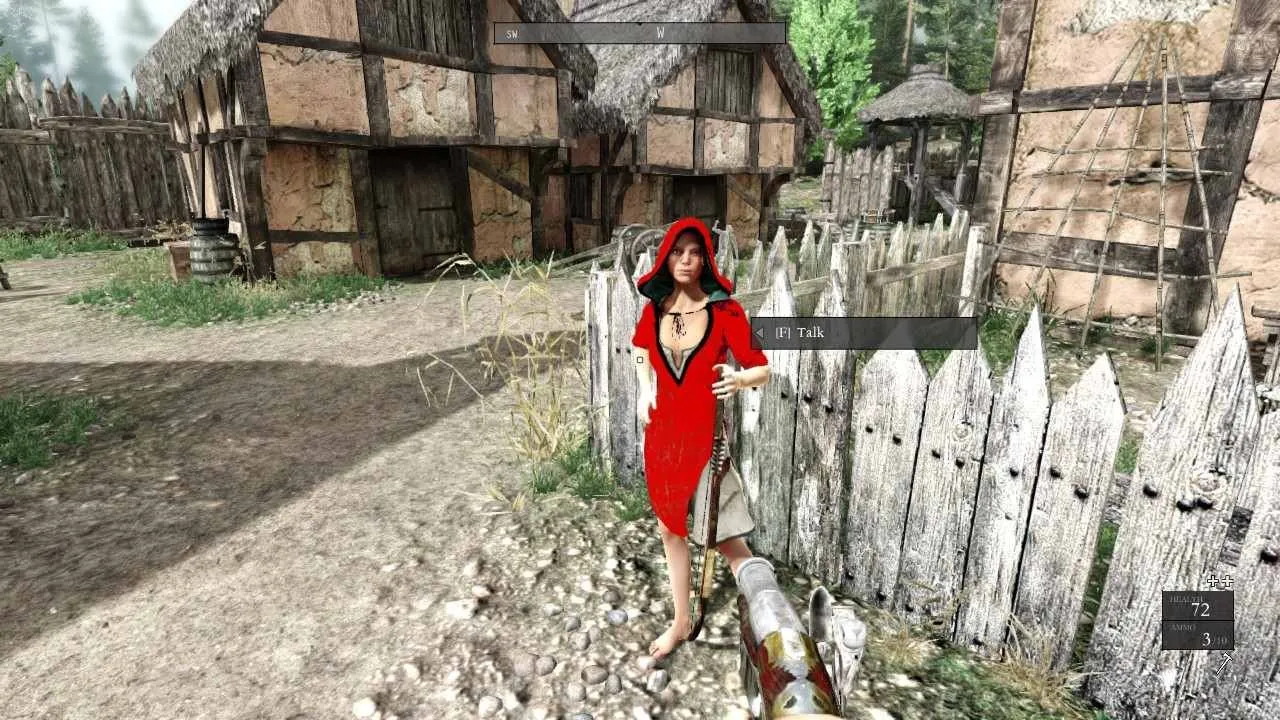 Betrayer gameplay screenshot showing the alternative, more colorful graphics setting
Betrayer gameplay screenshot showing the alternative, more colorful graphics setting
Repetitive Gameplay and Lackluster Combat
Despite its atmospheric strengths, Betrayer falters in its gameplay. The core gameplay loop becomes repetitive, tasking you with endlessly searching for buried clues to appease restless spirits. This monotonous cycle quickly becomes tedious. While the enemy variety, including Spanish soldiers, animated skeletons, and otherworldly specters, initially intrigues, their predictable and simplistic AI patterns diminish the challenge. The enemies exhibit little tactical awareness, making combat encounters predictable and unsatisfying.
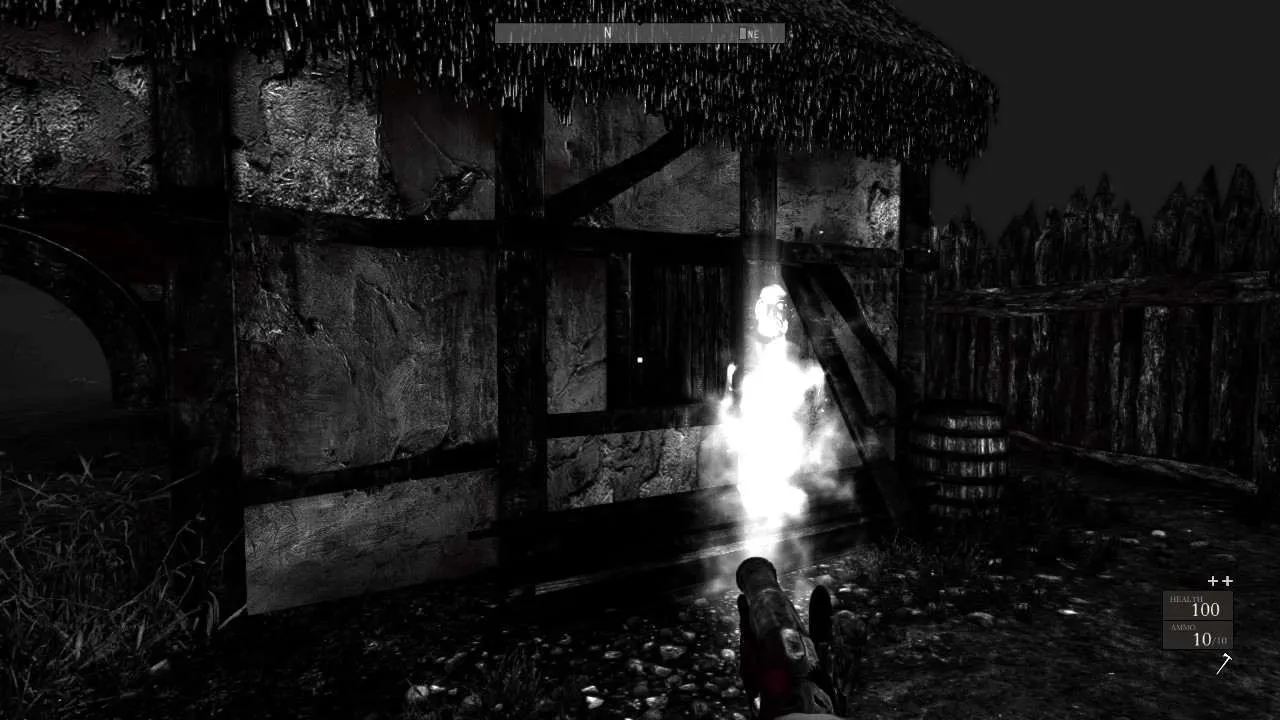 Betrayer gameplay screenshot showing combat with a ghostly figure
Betrayer gameplay screenshot showing combat with a ghostly figure
Navigation and Progression Issues
Furthermore, the game’s navigation system only marks fixed locations on the map, hindering exploration and backtracking. The limited upgrade system, constrained by the 17th-century setting, offers only basic bows, muskets, and a few other weapons, further contributing to the underwhelming gameplay experience. The slow reload times of period-accurate firearms add to the frustration. While “loot” collected from treasure chests and fallen enemies can be used to purchase upgrades and charms, these enhancements offer minimal impact on combat effectiveness.
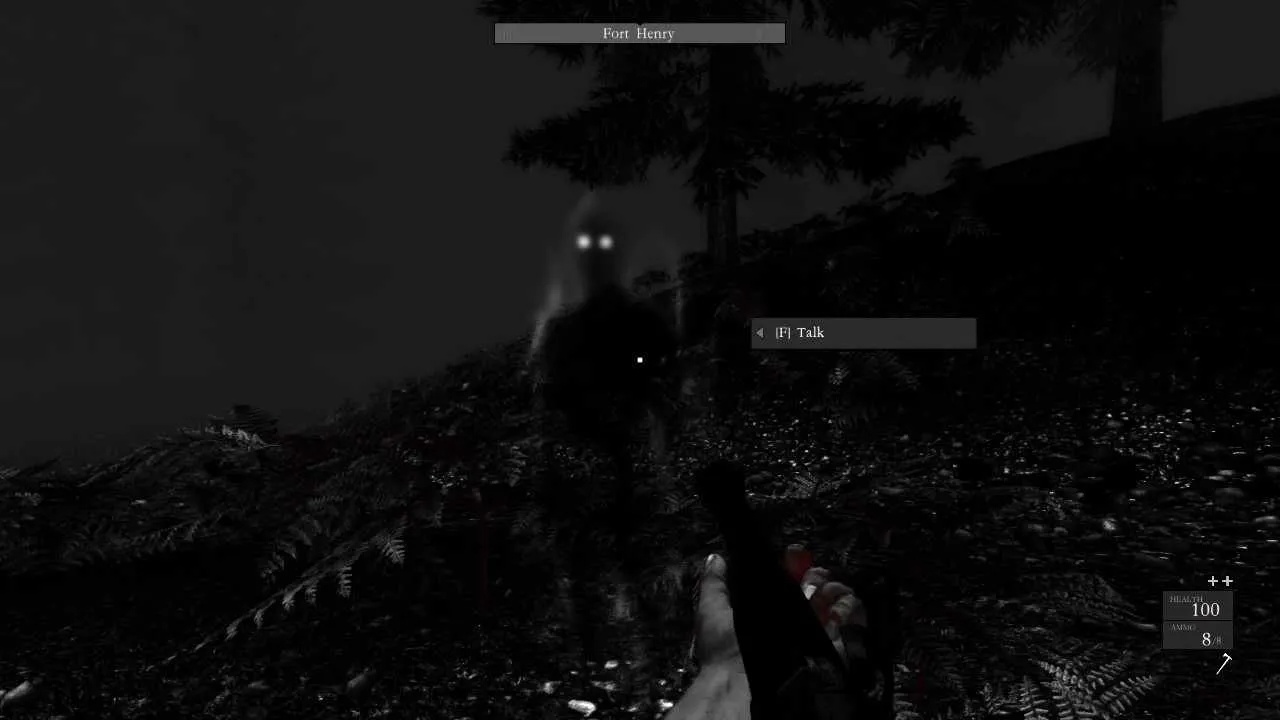 Betrayer gameplay screenshot featuring the player character aiming a musket
Betrayer gameplay screenshot featuring the player character aiming a musket
Limited Upgrades and 17th-Century Arsenal
The game’s 17th-century setting limits the available weaponry to basic bows and muskets, each with its limitations. The muskets, while historically accurate, suffer from slow reload times, impacting combat fluidity. Upgrades purchased with collected “loot” offer minimal improvement, failing to alleviate the repetitive nature of combat encounters.
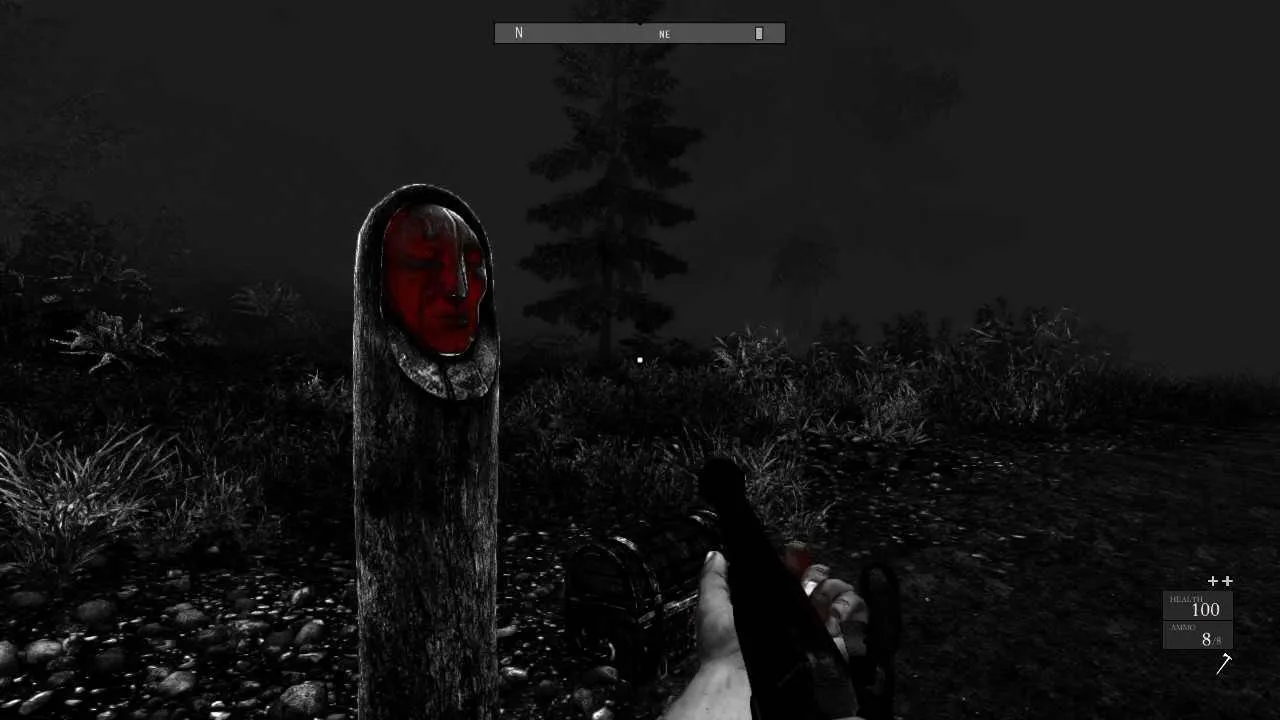 Betrayer gameplay screenshot of combat with Spanish soldiers
Betrayer gameplay screenshot of combat with Spanish soldiers
Conclusion
Betrayer presents a visually stunning and atmospheric world, effectively capturing a sense of unease and dread. However, its repetitive gameplay, underwhelming combat, and limited progression system ultimately detract from the experience. While the unique art style and intriguing premise initially captivate, Betrayer’s shortcomings prevent it from realizing its full potential.
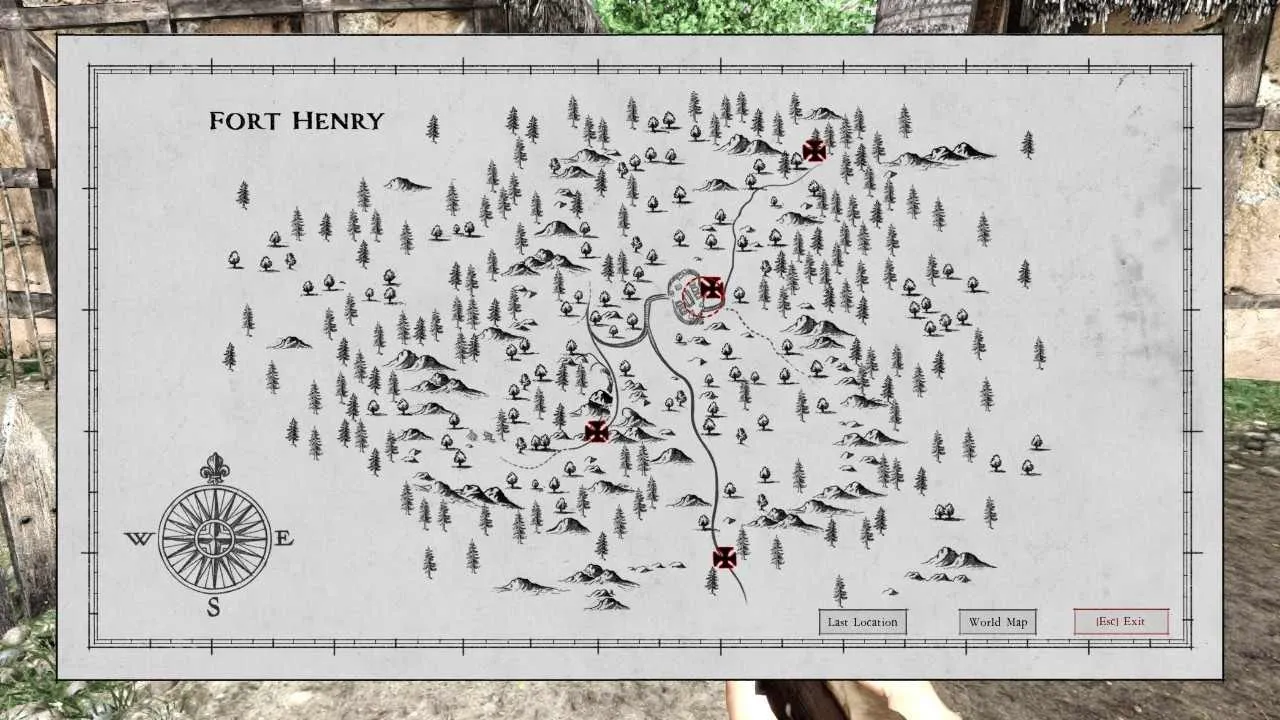 Betrayer gameplay screenshot of a ghostly enemy attacking
Betrayer gameplay screenshot of a ghostly enemy attacking
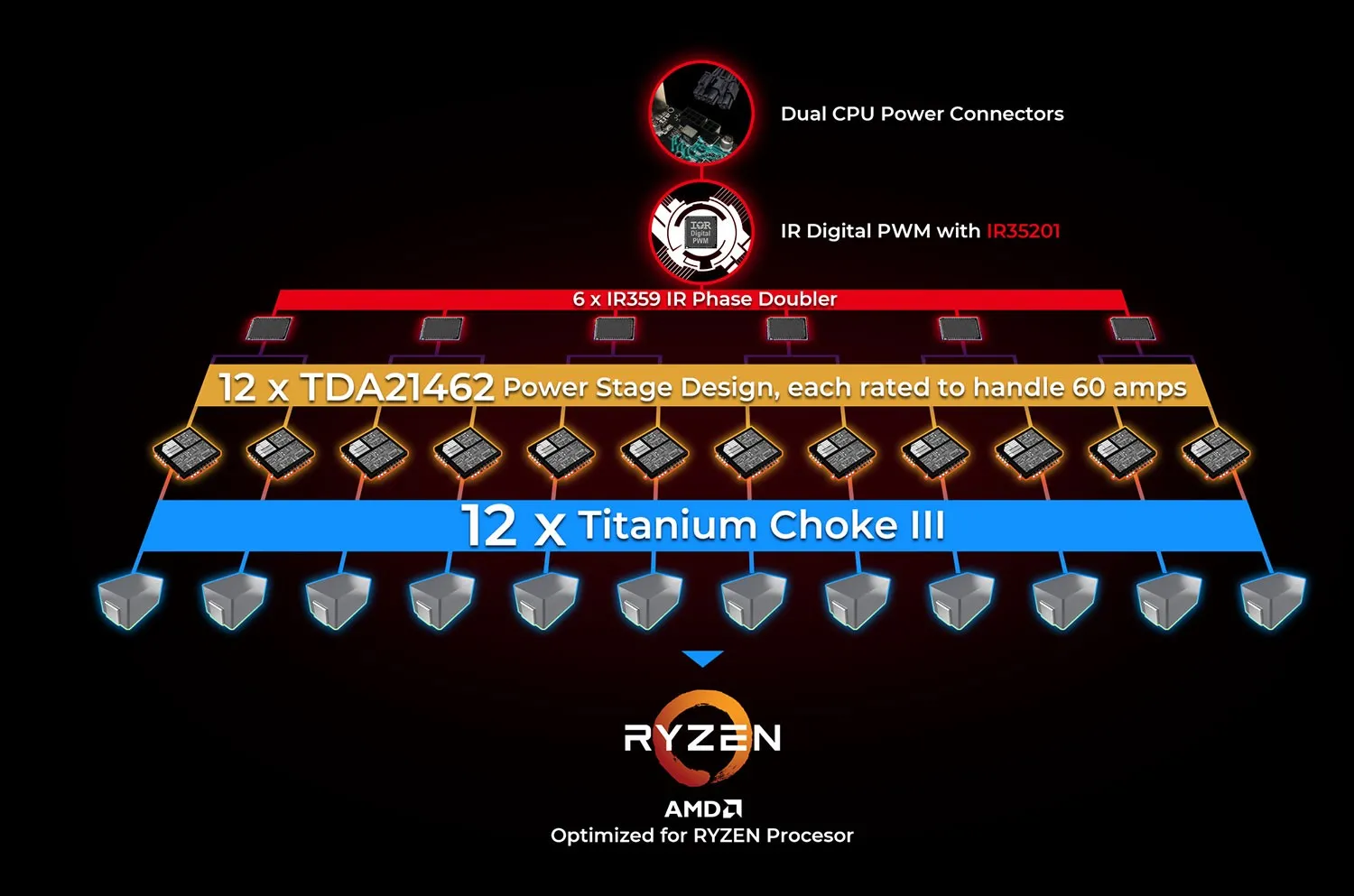


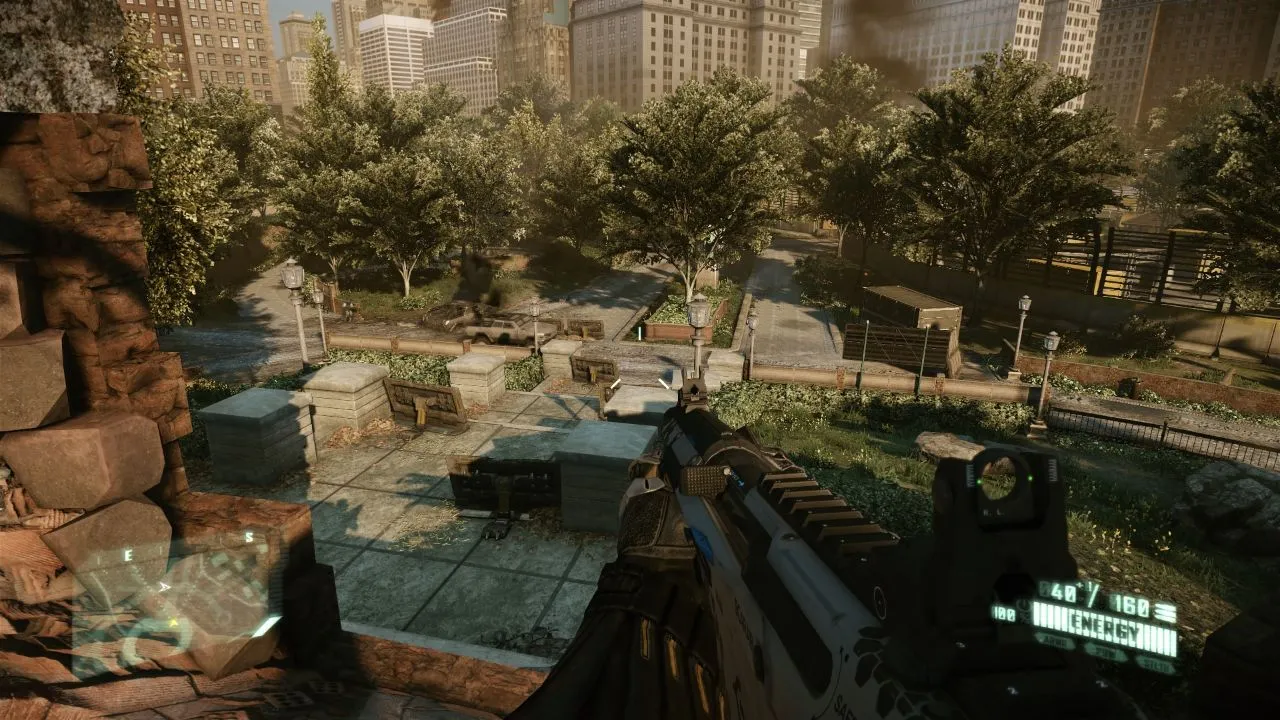

Comments (0)